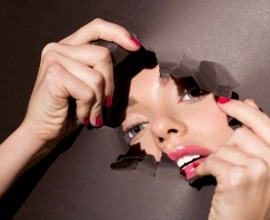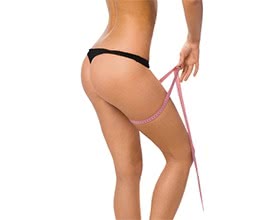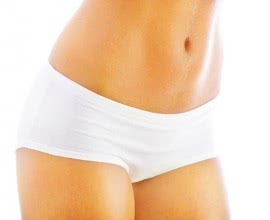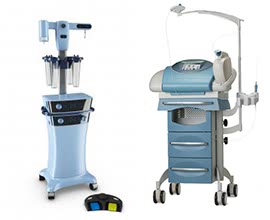An Average Nose is a Good Nose
What to Consider Before Getting Aesthetic Rhinoplasty
There is some truth in the understanding that good looks can bring you unspoken advantages in life. Attractive faces activate the reward centers in the brain, they motivate sexual behavior, facilitate the development of same-sex alliances as well as elicit positive behaviors in some situations. From a social perspective, the face represents the gateway to one’s soul and unique identity after all. However, the nose occupies the most central position on the face and undergoes heightened scrutiny due to this fact. As the most prominent anatomic part of the face, the nose has the potential to make or break one's body image.[1]
Consider that Beauty is Subjective
In recent years, researchers have noticed that patients having aesthetic rhinoplasty show stronger symptoms of psychopathology in comparison with patients having functional surgery. That is okay and understandable, but one thing to consider as you go into such a procedure is the difference in opinion between those seeking and those uninterested in aesthetic rhinoplasty. In one study, researchers actually found out that only two particular aspects of the nose led to a difference in opinion between the cases and controls, and the difference in opinion regarding both these two nasal features was surprisingly moderate.[2]
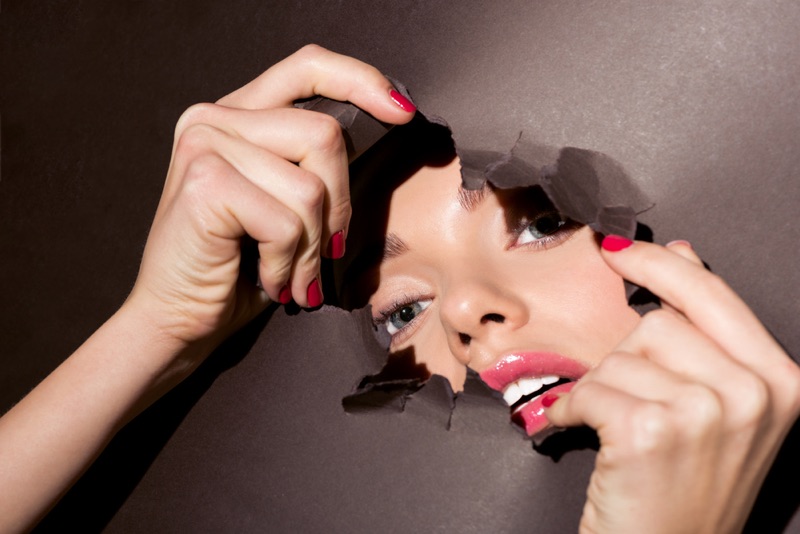
It is also refreshing to hear that a study published in the Aesthetic Surgery Journal put nose attractiveness to the test and found that average nasal shapes were well received by individuals. Participants in this study ranked the attractiveness of individuals on a Likert scale, of which included a mathematically derived composite image that had been created using half of the volunteer pool. They revealed that deviation away from the average nasal shape resulted in lower ratings in attractiveness.[3]
The Pre-surgery Nasal Analysis
Before you and your surgeon agree to a plan, certain factors and plenty of measurements must be taken into consideration. Diagnosing the underlying anatomic structure of your nose and any irregularity therefore helps produce the best outcome. Anticipate that your surgeon will look at your nose from the frontal, lateral and basal perspective in order to asses the symmetry of cartilage, in general, and septum, specifically. In addition to any obvious deviations that exist, the surgeon will measure the width of both the dorsum and nose tip. The brow-tip aesthetic line, septal angle, nostril shape and even skin texture are all taken into consideration, plus more. The quality and thickness of the skin is important, for example, because it determines how well it will hide grafts or how well it will settle over a new framework. Thin skin may not disguise a batten graft while thick skin may not settle adequately over a newly formed tip structure. It is the complexity of the human face that nevertheless makes this type of aesthetic procedure both challenging and incredibly rewarding.[4]
Conclusion
The best thing you can really do for yourself here is to remember that the way others view your attractiveness may not be as extreme as you think. Additionally, if you have already decided to go for the surgery, minimal adjustments towards normalizing the shape of your nose will go a long way in improving your self-esteem and attractiveness.
Sources:
[1] Naraghi, Mohsen, et al. “When Aesthetics, Surgery, and Psychology Meet: Aesthetic Nasal Proportions in Patients Having Rhinoplasty and Normal Adults.” The Surgery Journal, vol. 02, no. 01, 2016, doi:10.1055/s-0036-1579658.
[2] Ibid.
[3] Floris V W J Van Zijl, et al. “The Value of Averageness in Aesthetic Rhinoplasty: Humans Like Average Noses.” Aesthetic Surgery Journal, 2020, doi:10.1093/asj/sjaa010.
[4] Park, Stephen S. “Fundamental Principles in Aesthetic Rhinoplasty.” Clinical and Experimental Otorhinolaryngology, vol. 4, no. 2, 2011, p. 55., doi:10.3342/ceo.2011.4.2.55.

